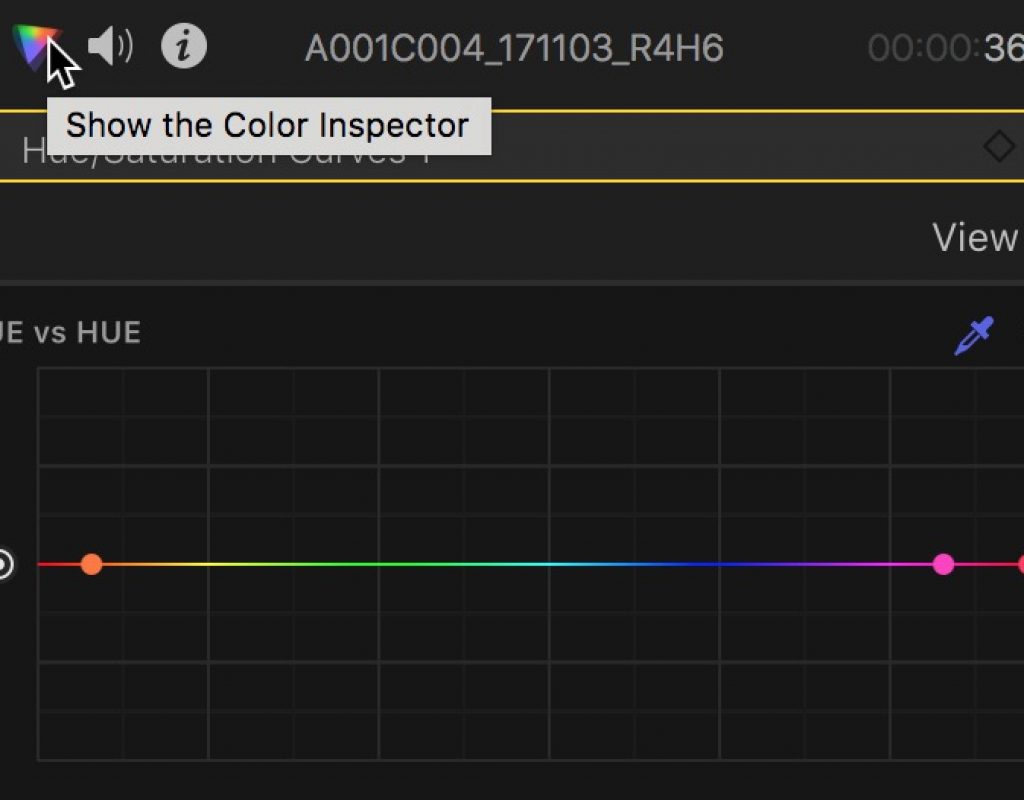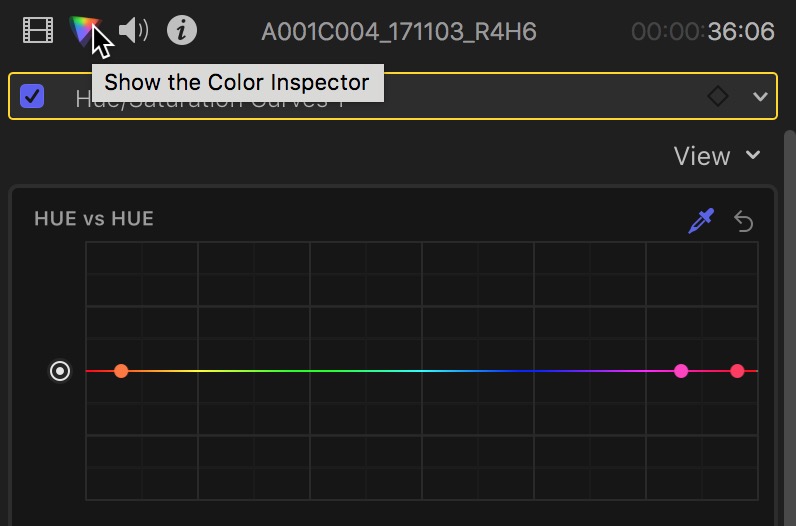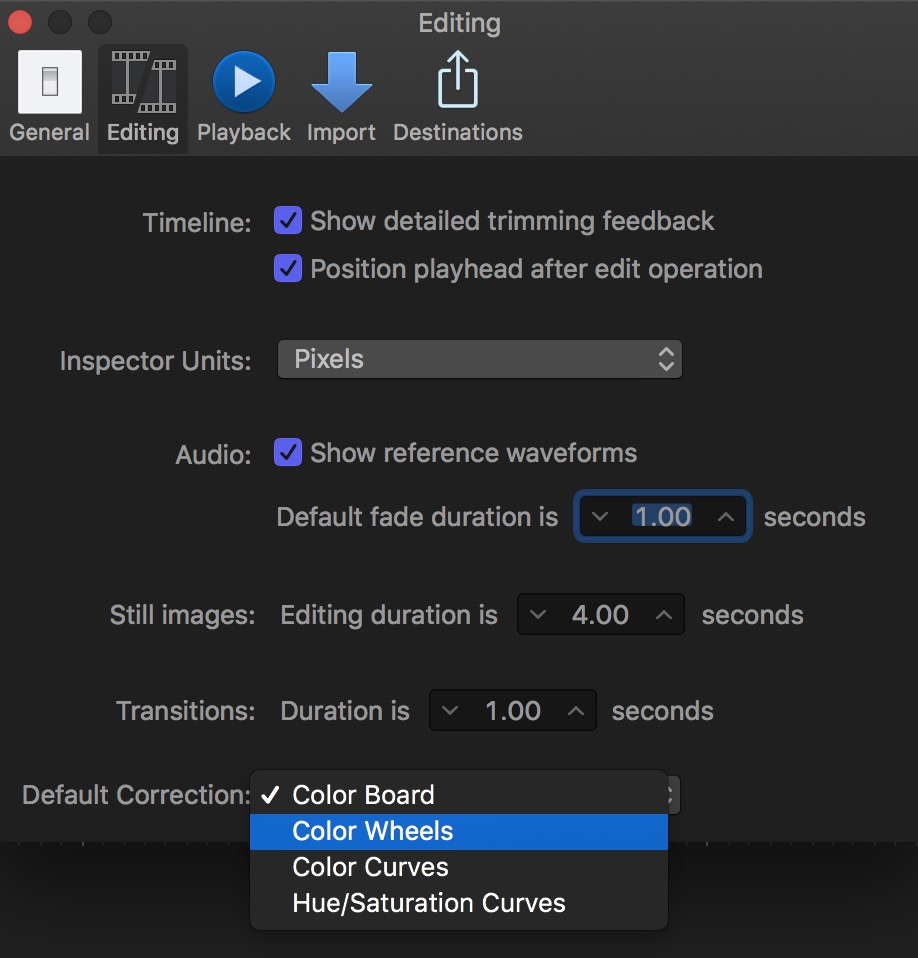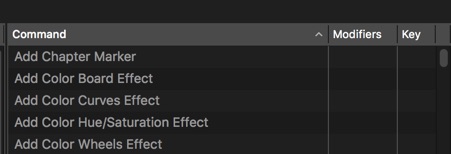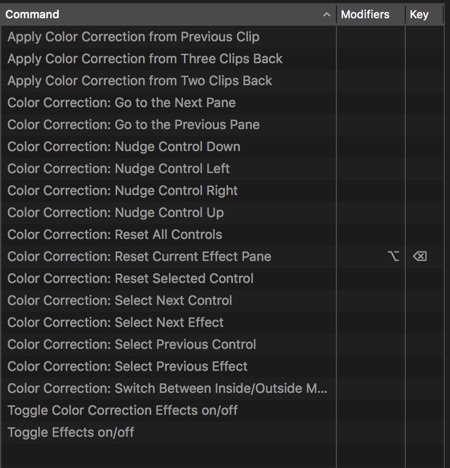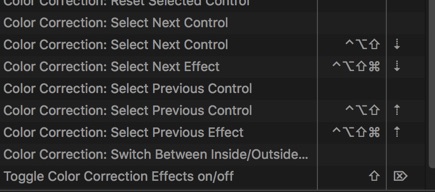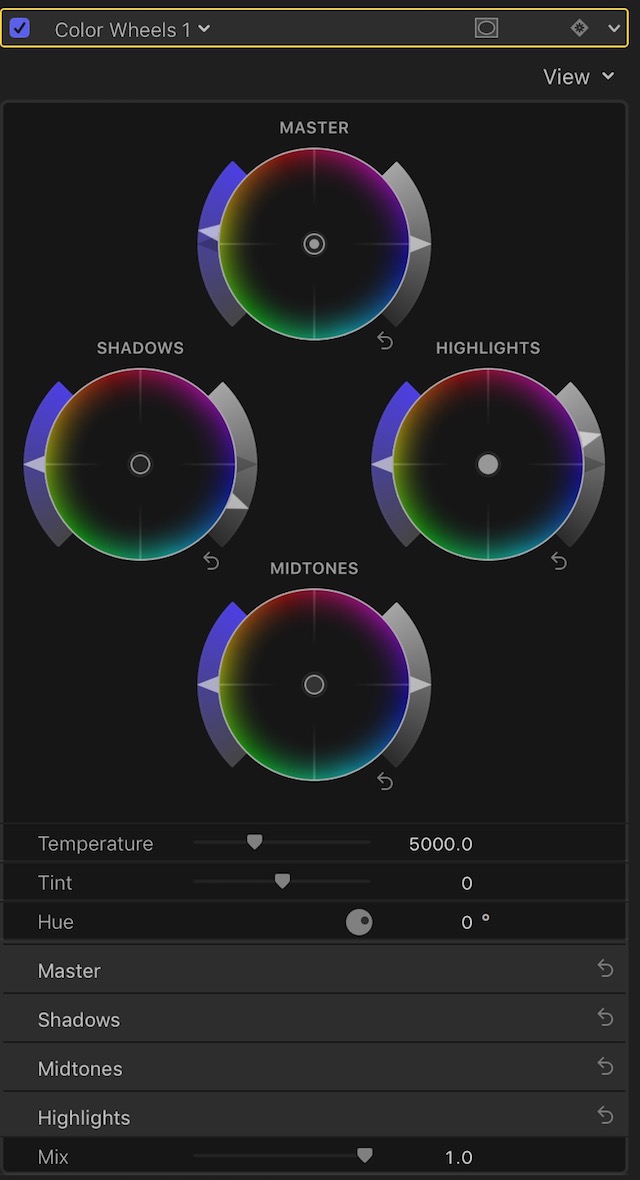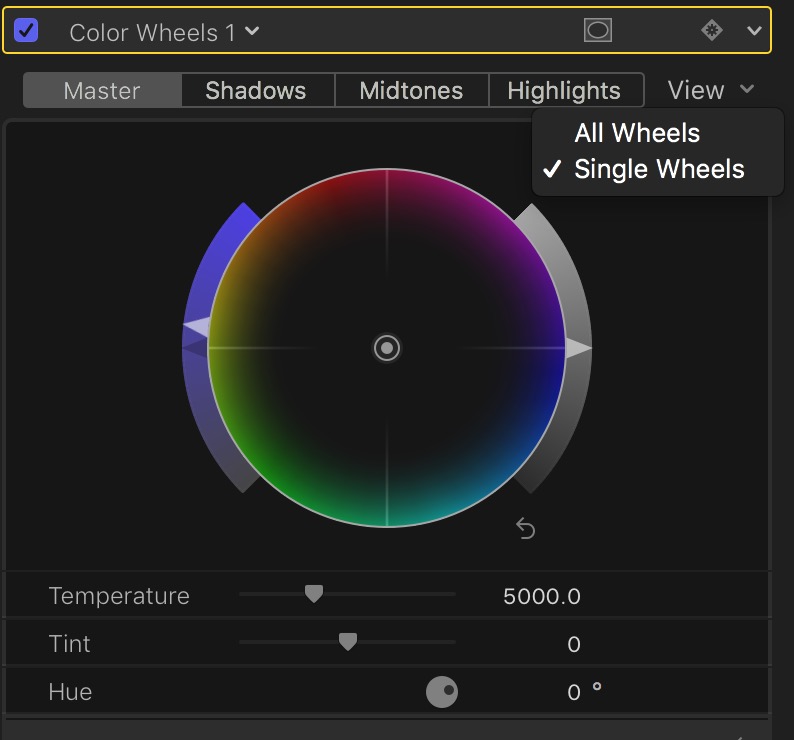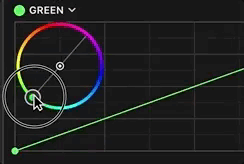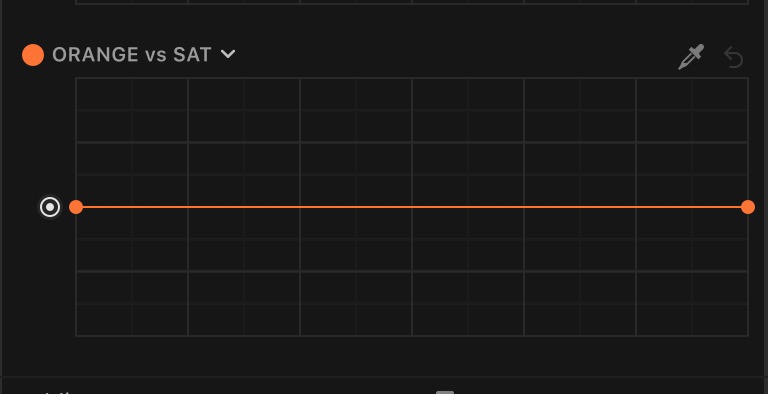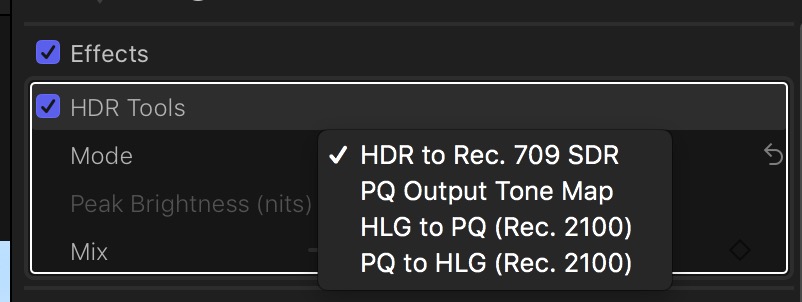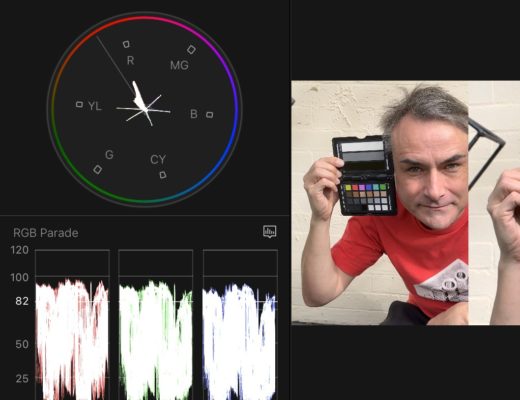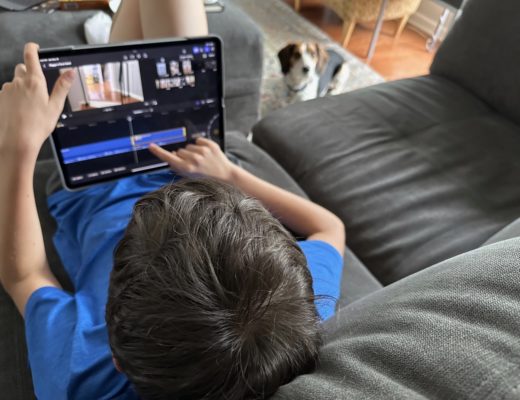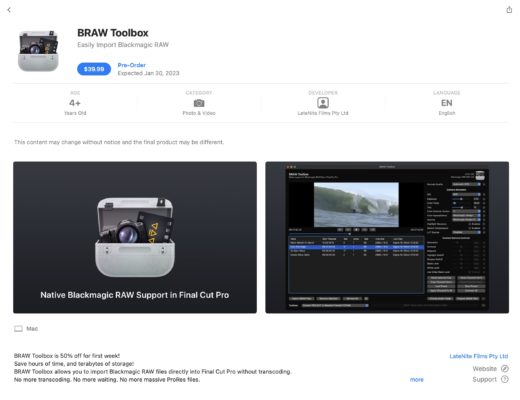Here we are just over a year after the last major Final Cut Pro X update and we’re moving on to 10.4. This is an interesting update in that it is highlighted by “three major features” – 360 VR, advanced color grading, and support for High Dynamic Range (HDR) workflows. Neither of these three categories are tools that are focused on a consumer or prosumer market. These are things for high end workflows and will hopefully help to silence those critics who still insist that FCPX is a consumer oriented toy. By this point those critics still probably haven’t given it a try so most likely this update won’t shut them up either.
When 10.3 shipped I wrote a piece called Final Cut Pro X 10.3 Something Old, Something New, Something Borrowed, Something Blue. That was a big, important update that brought in a whole new way of working with audio and was perhaps the most important FCPX update so far. No wait, I think the 10.1 update where we got Libraries was the biggest one. 10.4 isn’t nearly as big but does have some new features of note.
Advanced color grading including color wheels and curves
The new color workflow in FCPX 10.4 is the new feature that I’ll spend most of my time using so that’s what I’ll talk most about here. The addition of audio lanes to FCPX 10.3 felt a little like Apple admitting that maybe, just maybe the organizational capabilities of the Magnetic Timeline really might not be the end-all-be-all and that it needed some work. It feels like they are saying something similar with the new color grading tools in 10.4. Maybe, just maybe, they’re telling us that the Color Board was a torturous tool conceived by color masochists.
It’s out of Apple’s interesting experiments (couldn’t they experiment with the beta testers?) we get some new tools such as audio lanes and roles based organization for audio. The implementation of advanced color tools does the same.
This new color stuff gets a new Color Inspector to control it all. The keyboard shortcut of CMD+6 now takes you to the color tools of your choice in the new Color Inspector instead of the Color Board. This is determined by … gasp … a new preference.
Set that preference to the default color tools of your choice and you can save a lot of time when grading. If you really want the Color Board to be the default well … there you go.
If you plan on doing serious color work in FCPX, and you can do so much more in 10.4, you’re going to want to dig into the keyboard shortcuts for color correction and map a ton of them for the most efficient grading. You can add multiple color effects and mask them all. Plus you can now keyframe color effects so no more add edit and dissolve to change a correction over time. Still no tracker though.
You can map keyboard shortcuts for adding the different color correction tools. A combination of several of these will allow for some pretty advanced grading.
Search “color correction” in the keyboard shortcuts and map these and further refine FCPX 10.4 grading.
The main controls I’ve mapped are to move between the previous and next EFFECT. This is very important for multiple corrections that have been added as I don’t see any way to move between them when you’re working in the Color Inspector. Mousing over to the pop-up menu is terribly inefficient. Selecting the previous and next CONTROL is also useful since when you have any control selected in the Color Inspector you can adjust them with the arrow keys on the keyboard. Yes a lot of these controls are designed for a click+drag (and holding down OPTION when you’re dragging will “gear down” for more granular control) but you can get some good work done using those arrows on your keypad. Using the keyboard shortcuts for Go to the Previous/Next Pane will move you between color wheels depending on your view in the Color Inspector.
All this contributes to a new color grading experience overall. Here’s a couple of other little things before we get into the wheels n’ curves.
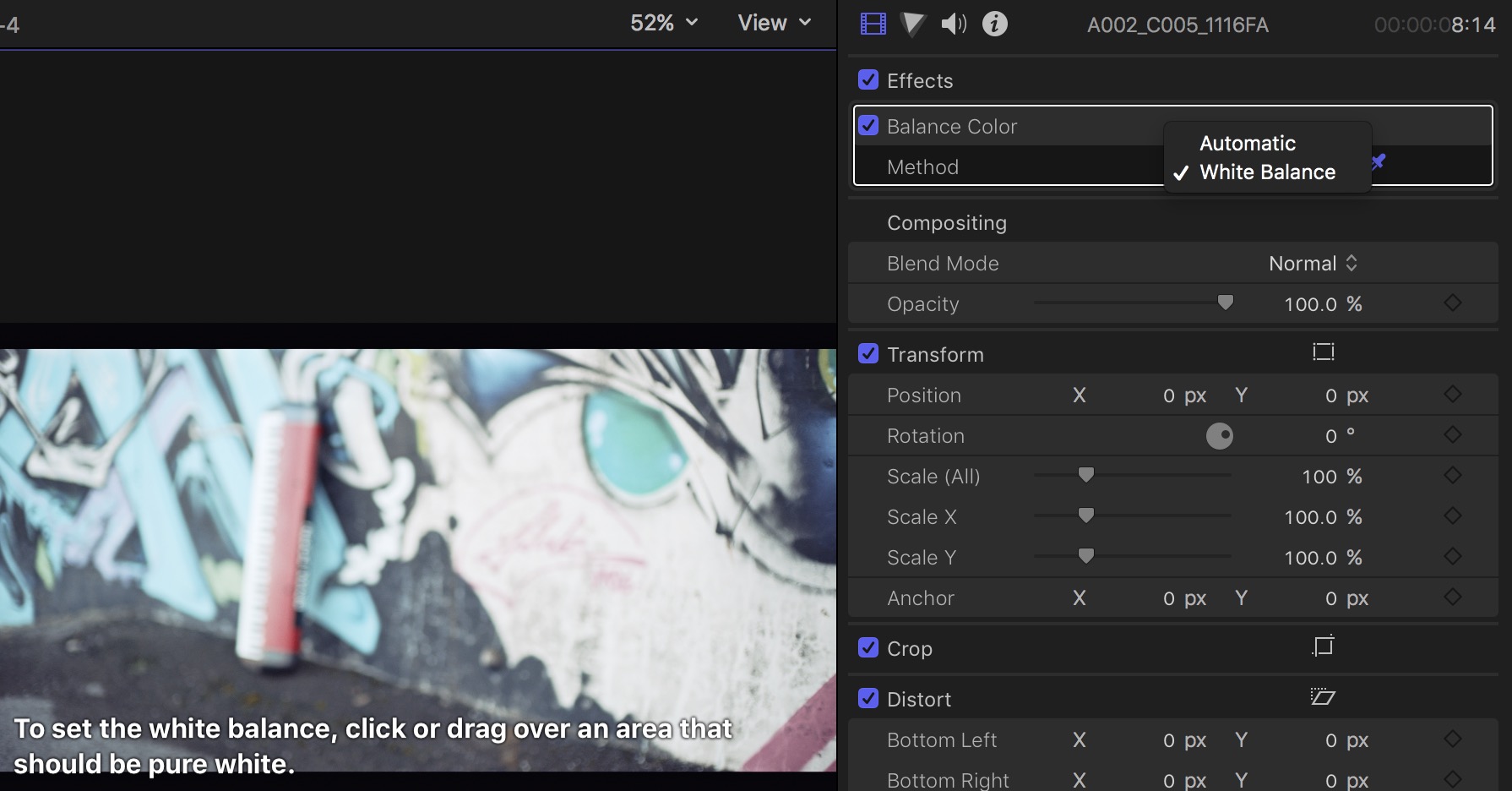 The much missed white balance color picker is back. Finally. But you have to dig for it. After setting Balance Color from the magic wand under the image it’s a new option via Method under the Balance Color effect.
The much missed white balance color picker is back. Finally. But you have to dig for it. After setting Balance Color from the magic wand under the image it’s a new option via Method under the Balance Color effect.
Another new keyboard shortcut lets you jump between clips assigned to the same role: Move the playhead and the selection to the next/previous topmost clip in the same role. That could speed up the grading process but also other selective editorial things depending on how you apply your Roles. Yet another good reason to set those roles during organization and before editing.
Color Wheels
The omission of traditional 3-way color wheels was a big, early FCPX omission. Not only were color wheels an industry standard but rather they served a purpose in that they allow for either grand or subtle shifts of color that can be easily seen and achieved by pulling a control either grand or subtly toward the desired hue.
In theory, I think the Color Board should have been able to achieve the same thing as Color Wheels since you have pucks that represent the 3 main color wheels as well as different hues on the Color Board. But I’ll be damned if I didn’t often find myself wildly dragging a puck all over the Color Board in an attempt to get in the ballpark of what I wanted before settling down to refine it properly. Sometimes the Color Board made me fell like an idiot.
As Apple often does they are able to take the traditional idea of something we’ve had in our NLEs forever and update them with some new thinking.
Anyone who has used color wheels before will get the design in about 2 seconds. The control on the right is for the brightness control of each parameter and the one on the left is for the saturation of the chosen color. It’s a very nice design and it’s very responsive. I’ve been testing on both 1080 ProRes and 4K ProRes 4444 in a 1080 timeline on my late 2013 MacBook Pro and it is very smooth.
You have an option of displaying a single color wheel vs. the 4-up display (the same can be done for curves) which is a nice option and a nod to all those working on a tiny laptop screen. Couple that with the full length Inspector that was added recently and these new color tools can adapt to most screen environments. The new Color & Effects workspace is the easiest way to get to all the new color goodness.
One big thing that is missing from the addition of these new color wheels is hardware control surface support. The Tangent Ripple comes to mind as the perfect controller for these new color wheels. The whole idea of wheel controls for shadows, midtowns and highlights corresponds to 3 trackballs and 3 dials so it seems like a big omission panels like the Tangent Ripple being available. CoreMelt’s Chromatic can do it so why can’t Apple? It would also be nice to have a contrast control on the Color Wheels. I’ve come to love the single contrast control in Premiere Pro’s Lumetri grading as often a subtle contrast crunch is all you need and the single contrast control makes it really fast. At first I thought an overall saturation control had been left out! (thanks Twitter)
Color Curves … as in RGB Curves or maybe we should say RGB Curves +
Color curves are the other big addition to FCPX 10.4’s new color tools and boy have they done these right. The basic color curves are there for control of luma as well as red, green and blue. But it’s the addition of a full slate of hue/saturation curves that most color aficionados will love.
One problem with color curves is that a lot of people don’t use them because they don’t understand them. Put a few points on a color curve and the results can often be horrendous. Apple’s curves implementation has a little eye dropper tool on each curve to sample the color or range you’re wanting to adjust and I think that addition will makes curves a lot more useable for many who haven’t had success with them. If you’ve ever watched someone who is really proficient grading with curves work then you’ve most likely been amazed by how much they could accomplish with what seemed like a few moves. Add all of these new, different curves together and you can get some precision that we really haven’t seen for the masses since Resolve went free. They are nice enough I could find myself being persuaded to use FCPX over Adobe Premiere Pro for some edits where the grade will be challenging. Normally I might to go Resolve for that but staying in one application is my preferred workflow.
I called them RGB curves above but with the eyedropper tools on all the curves we really have somewhat unlimited color curves.
This deep selection of specific colors is very easy to achieve with these new eyedroppers. In the image above I’ve done a basic correction on the image with the Color Wheels and then the eyedropper makes it very fast to pop just the color range on the bulldozer by adding a few control points that mainly hit the dozer and not the dirt.
You don’t have to use the eyedropper to dial in a specific color for a curve as you can do that via the drop down menu for each curve but the eyedropper sure does make it faster and easier.
Hue/Saturation Curves
If you were getting deep into the world of artful color grading then the old Color Board was not your friend. These new Hue/Sat curves will be your best buddy. And again back to the eyedropper tool that is a part of each curve that makes this so fast and easy.
Compare this image of tweaking the saturation of the bulldozer using the HUE vs SAT above with that of changing a red curve to an orange curve earlier in the article and you can see that there are multiple ways to achieve the same result. You’re not going to see great color in an animated gif but you can see less clicks overall. Less clicks is always better than more clicks. In this case the HUE vs SAT gets there much faster and more accurately.
And if you want to broaden the eyedropper selection you can click and drag in an image and get a much wider range of control points added. This might not be useful for most vs curve grading but depending on the image there are times when it can get your closer to what you want.
And at the very bottom of the Hue/Sat curves there’s a COLOR vs SAT that is defaulted to orange. What is orange useful for? Skin tones.
There are other big things in FCPX 10.4 as well
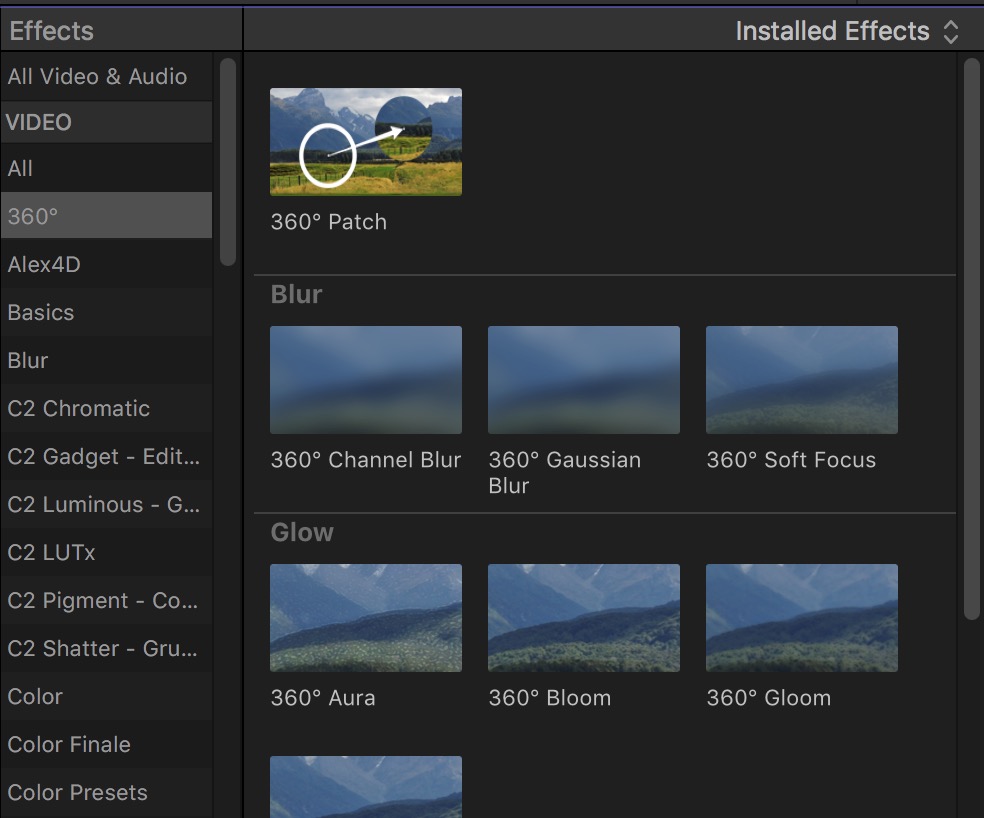 Need to edit 360 VR? That’s the fruits of the acquisition of Tim Dashwood and his plug ins.
Need to edit 360 VR? That’s the fruits of the acquisition of Tim Dashwood and his plug ins.
HDR workflows are now supported if you have the hardware for it including monitoring and the proper I/O boxes.
If you have a new iPhone shooting in the fancy HEVC/H.265 codec then you no longer have to transcode that to edit in FCPX.
There’s also full support for iMovie projects from iOS. I guess this is a good thing and seems a natural fit but it still isn’t my dream of using an iOS device for true offline editing.
I’ve only had a few hours to play with Final Cut Pro X 10.4 and I focused most of that time on the new color tools. I’d go into more detail on the other features but there’s been plenty updates all around the internet today so I’ll just link to them. Ripple Training is ready with all of their new 10.4 training and Mark Spencer posted a bunch of those videos here on PVC. Final Cut Pro X Babbling always has a nice look. There’s more detail on the color tools at Interfacelab. And of course fcp.co took it for a test drive.
In my FCPX 10.3 article last year I used a wedding metaphor and mentioned a few old things that FCPX didn’t get in the 10.3 update and those are things we still don’t have in 10.4: a scrolling timeline and dupe detection to name two. With these last couple of updates Apple has focused on some big-ticket items, like advanced color, audio and 360 VR. Those are great and very marketable features but many editors are still waiting for a lot of those little things that can make everyday craft editing a lot more pleasant. Better markers, that roles-based audio mixer, better animation keyframing controls, an actual audio transition and some overall timeline work are all things we look forward to. We need an update full of little things as a lot of little things go a long way. I was hoping some of those things would have been sneaked in since the preview earlier in the year but it doesn’t look like it. It’s hard to make a big marketing splash with little things but they are so appreciated by those of us who are in these editing applications all day every day. Thankfully we didn’t get charged anything for this update so that did help make FCP 10.4 a nice Christmas present![/vc_column_text][/vc_column][/vc_row]

Filmtools
Filmmakers go-to destination for pre-production, production & post production equipment!
Shop Now